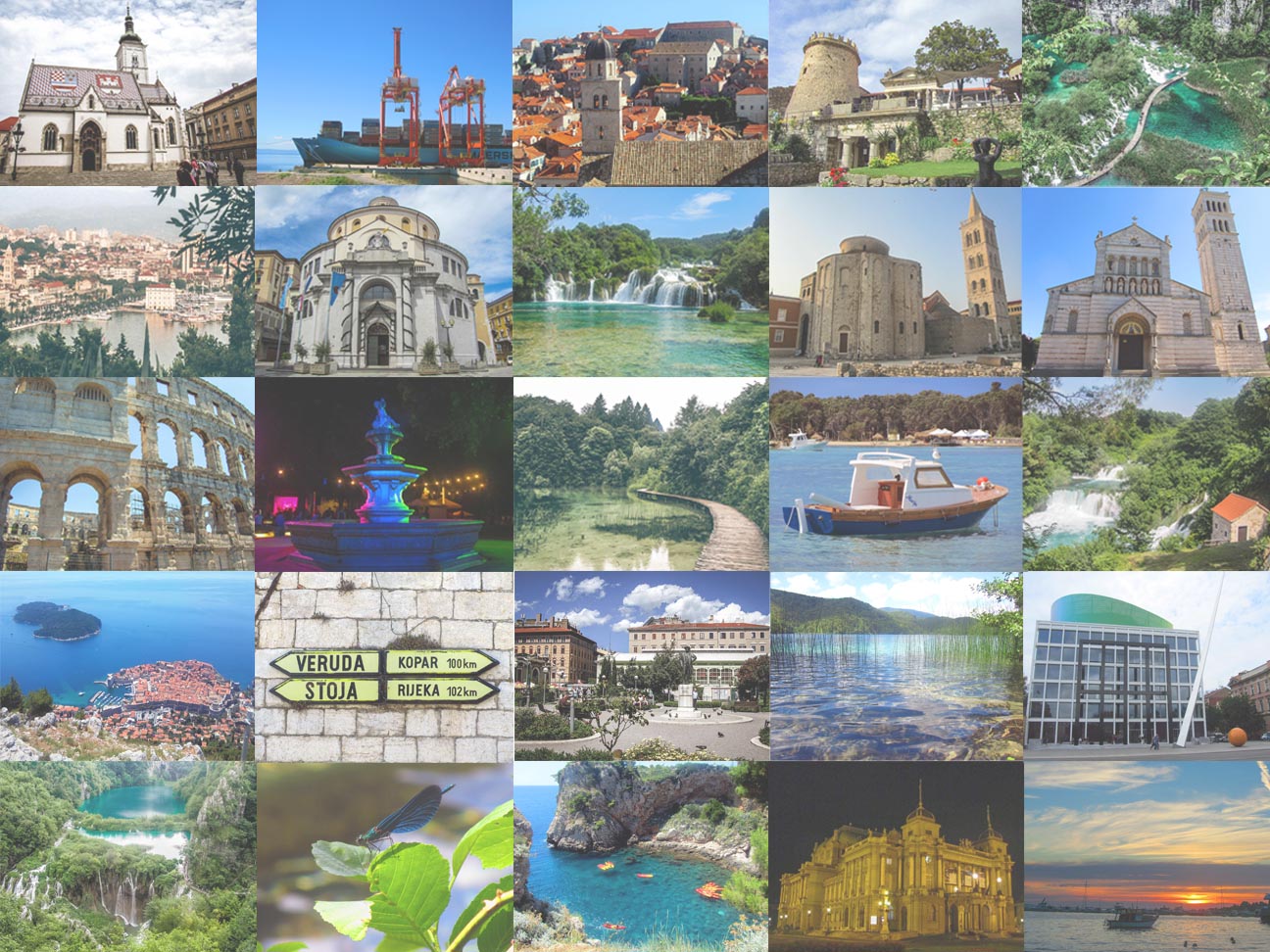

Backpacking Croatia: a 4 weeks travel guide (with itinerary)
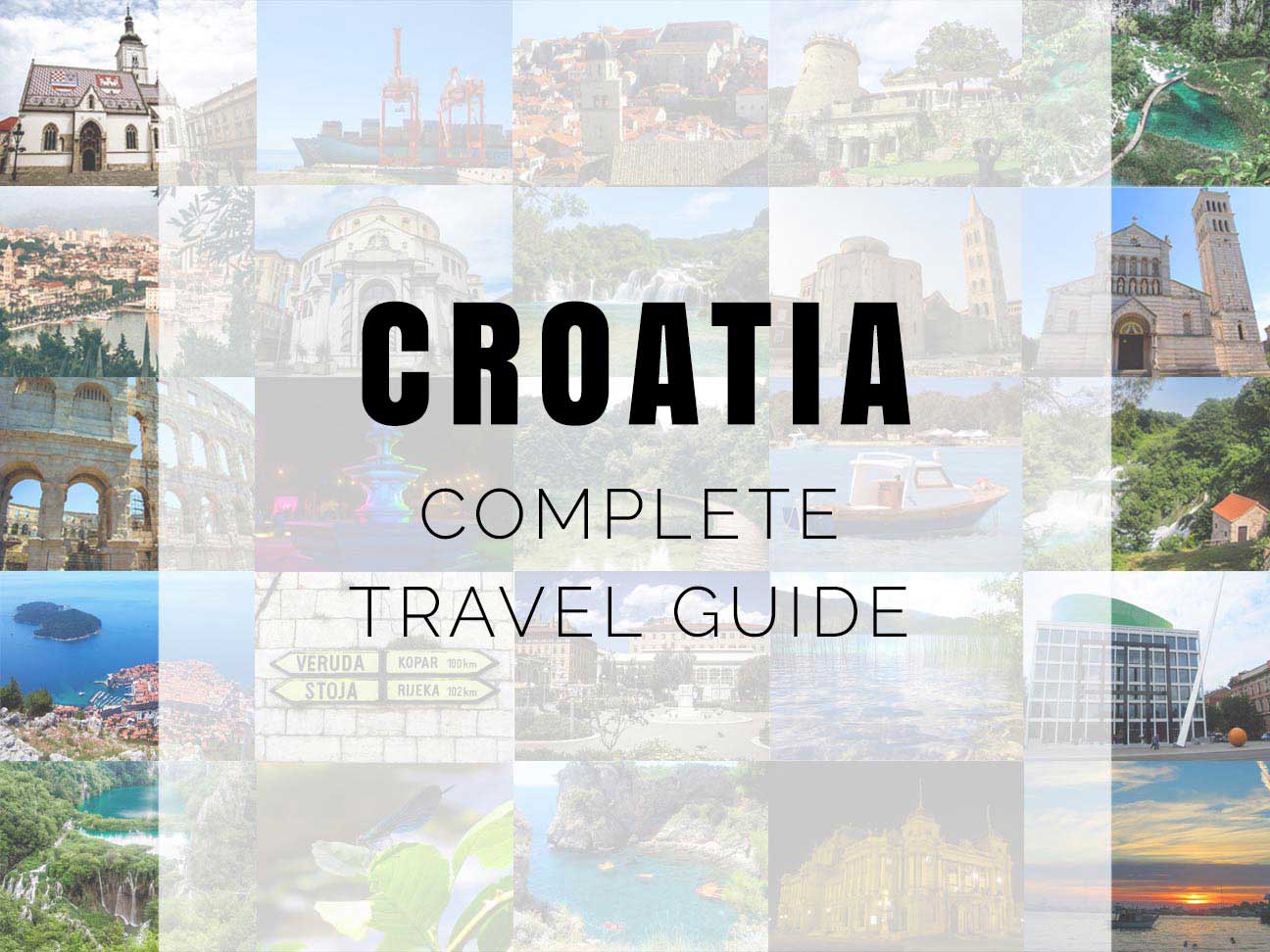
*There may be some affiliate links on this page, which means when you click them I get a small percentage of the purchase at no extra cost to you. This allows me to keep sharing great travel tips, so feel free to click away!*
When I was doing some research for my first self-organized backpacking trip I was looking for a country not too far from home, with lots of beautiful nature and beaches to explore, good weather and easy to travel around with public transport. Croatia combined all of those and turned out to be the best possible choice for my first solo travel adventure. I really fell in love with the country and it fueled my wanderlust. I knew this was something I wanted to do for the rest of my life.
Itinerary
This travel guide will take you to the vibrant capital, the city of Zagreb, historic places on the Istrian Peninsula, awe-inspiring nature at the Plitvice Lakes National Park, lively Dalmatian coastal cities and as an extra we visit some of the beautiful must-see spots in the neighbouring country of Slovenia.
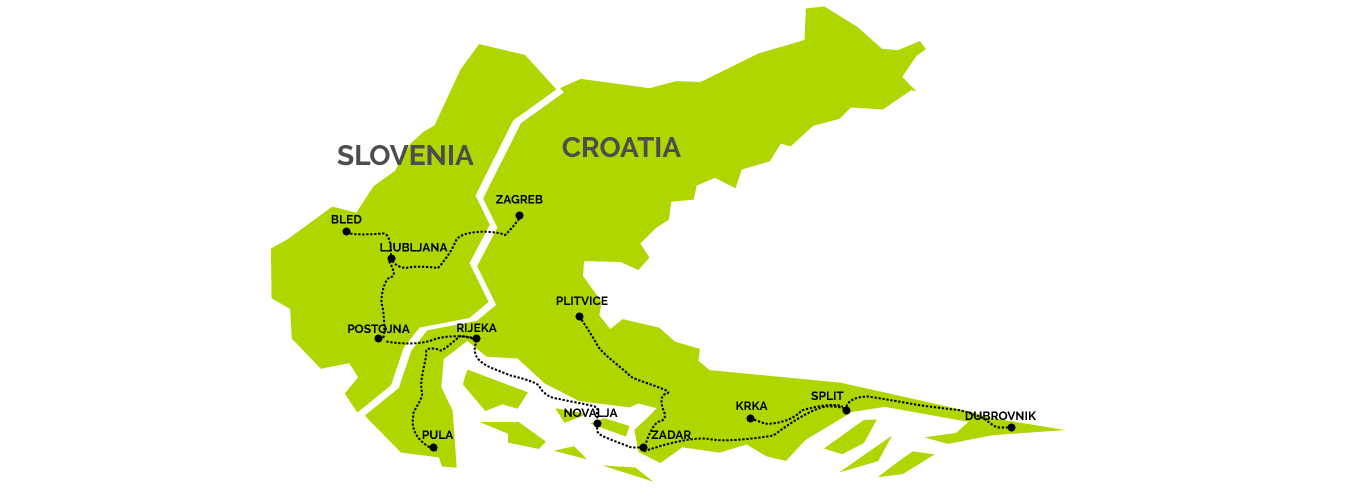
Zagreb
When people think of Croatia, they almost always think about the Dalmatian coast and the many islands you can sail through in the Adriatic. What they often don't think about is visiting the capital, Zagreb. It's not so very well – known as other 'citytrip' destinations such as Prague, Budapest, Rome or even Ljubljana. I must admit I also didn't have that high expectations but as I wanted to visit as much of the country as possible, and I landed there anyway, I could as well visit Croatia's capital.
I stayed here for 3 nights and had 1 evening and 2 days to discover the city. I really didn't regret starting my journey here as my first impressions of Zagreb already gave me a good feeling about this whole trip. From the airport you can take a very cheap bus to the Zagreb Bus station in the city center. All the sights are relatively close to each other so it is very easy to visit the city on foot.
Read all about my recommendations to do in Zagreb in my article How to make the most of your 2 day visit to Zagreb!

Recommended stay: 2 days
Where did I stay: Fancy Hostel
Getting around: Easy to do on foot or tram
Where did I eat: Green Point, Vegehop, Zrno Bio Bistro
(The recommended stays are just to give you an impression of how much time you need to fully explore the city)
Ljubljana
Next I took a little "detour" to visit some sights in the neighbouring country "Slovenia" with a first stop in the capital Ljubljana. It is very easy to reach from Zagreb with the (night)train or bus and both take about 2h20 – 2h30. Do take into account that Croatia is not part of the Schengen zone so you will stop at the border to be checked. After arriving at the train/bus station, the city center is only 10-15 minutes away on foot.
Ljubljana is a really picturesque city where you can stroll around in the many charming streets along the Ljubljanica river and spot a lot of beautiful, brightly coloured Renaissance buildings. The river can be crossed via the many bridges, the Dragon bridge, Triple bridge and the Butchers’ bridge being only some of them. Choose between one of the many dining places or go for a picnic in the beautiful Tivoli Park. Be sure to discover the alternative art scene at Metelkova where you can find some beautiful graffiti murals and hike (or take the funicular) to Ljubljanski Grad for a panoramic view over the city. Although it is a capital city and the biggest city of Slovenia, it is rather small and can easily be discovered in 1 or 2 days (depending if you want to visit some museums).

Recommended stay: 1 or 2 days
Where did I stay: H2O Hostel
Getting around: Easy to do on foot
Where did I eat: Aroma Restaurant & Pizzeria
Getting there from Zagreb: Train or bus ( ± 2h30)
Bled
When entering Slovenia into google image search, the first picture you'll see is one of the beautiful and iconic Lake Bled. This picturesque blue/green coloured lake with a tiny island right in the middle is ideal to take a day off and walk along the shore, hike to the Ojstrica and Osojnica viewpoint, have a swim or just enjoy the view on one of the terraces while eating the delicious signature treat: Bled Cream Cake.
Another fun thing to do is to take a paddle boat to visit the Assumption of Mary Church on the little island and ring the bell. Legend goes that when you ring the bell and make a wish, it will come true.
Also worth a visit is the Bled Castle, situated on the cliff overlooking the lake. From here you have an amazing view over the lake and an ideal viewpoint for the sunset.
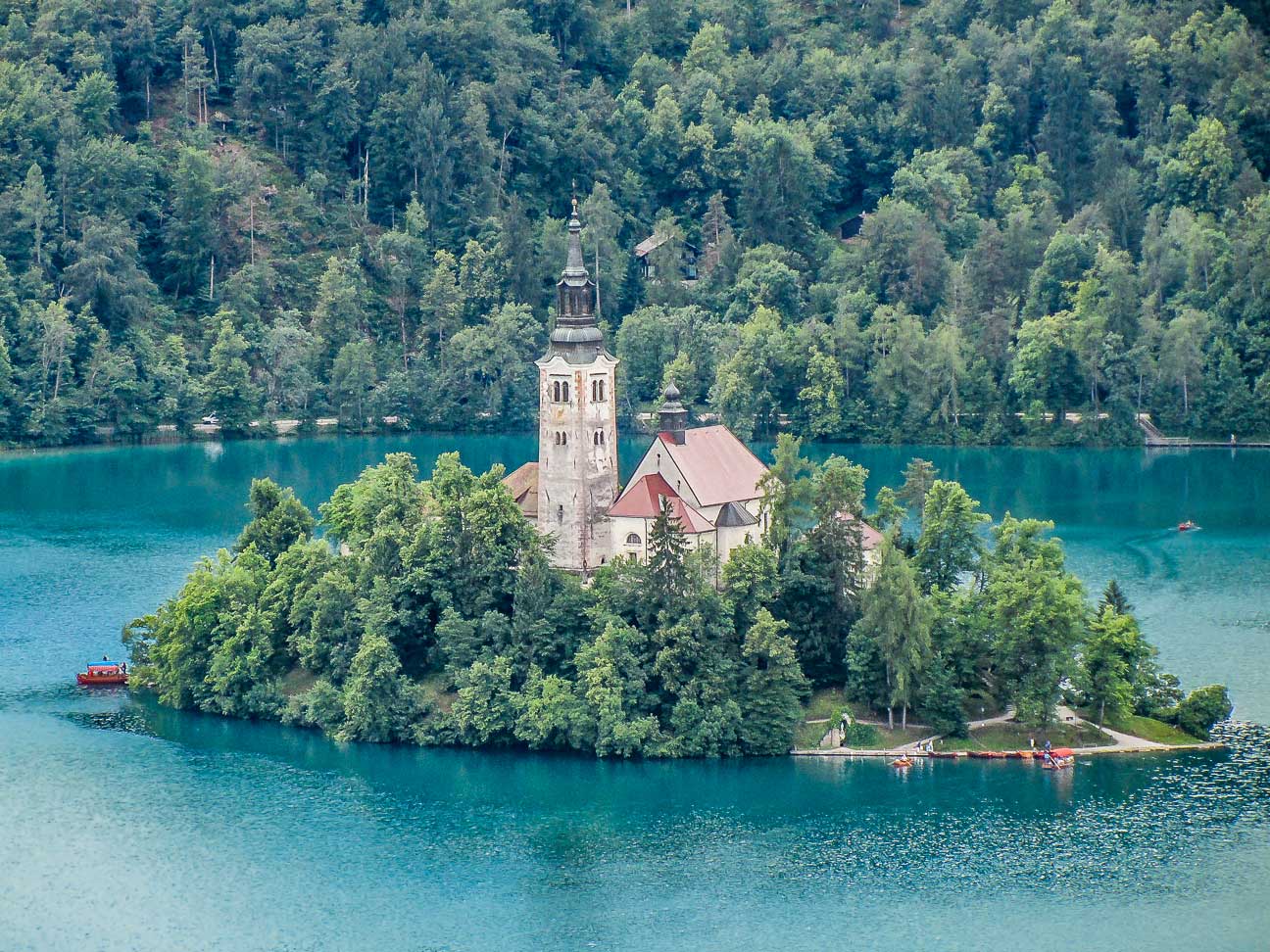
Recommended stay: 1 day
Where did I stay: Youth Hostel & Penzion Bledec
Getting around: Easy to do on foot / bike
Where did I eat: Vila Preseren
Getting there from Ljubljana: Train(1h22) or bus(1h02)
Postojna Caves
The final Slovenian sight on this detour is the Postojna caves, the second-longest cave system in the country. It is a really beautiful cave but as it is also the most popular attraction of Slovenia it is very crowded and in my opinion a bit too “tourist exploited”. I had read about it being a bit of a tourist trap but still wanted to visit it as it was “on the way” to my next stop in Croatia, Rijeka.
The tours run hourly and are split up into different language groups. You're first taken on a train ride of about 10 minutes deeper into the caves and from then on you explore the caves on foot. As the groups are rather big, it is important to try and walk quite in front if you want to hear the explanation of the guide or in the back if you want to be able to take some pictures. (Do note that the next group can be in your tail quite quickly)

Single tickets: €25.80 (low season) | €27.90 (high season)
(There's also the option to buy a combination ticket for other attractions on the site.)
Getting there from Ljubljana: Bus(1h06)
(As I came from Bled, I first took the bus back to Ljubljana where I then bought a bus ticket to Postojna)
Rijeka | Pula
I then took the train to Rijeka where I stayed overnight before heading to Pula as it was already late in the afternoon when I left Postojna. When I arrived at the train station in Postojna it was closed but I could buy a ticket on the train. Actually you'll have to buy two tickets. I could buy one to the border and there I had to buy another one for the rest of the journey.
Depending on your schedule you can also take the train/bus to Rijeka and there immediately take a bus to Pula. The bus station is located on Žabica, just follow the street Krešimirova Ulica to the right (when having the train station behind you).
Where did I stay: Hostel Aston
Getting there from Postojna: Train(1h53) or bus(1h19)
Pula is the most southern city of the Istrian Peninsula and although it is also the largest city of the peninsula, it just has the feel of a town. It is not that well-known as Dubrovnik or Split so you can roam around the city center without feeling packed.
The city has a very rich history and you can see the many influences everywhere in town. The top most popular attraction being the Pula Amphitheatre, one of the best preserved Roman amphitheatres in the world. Other notable structures are the Arch of the Sergii and the Temple of Augustus.
If you'd like to have some more detailed info on all the historical sights you can download a free practical self-guided tour app for Android or Apple
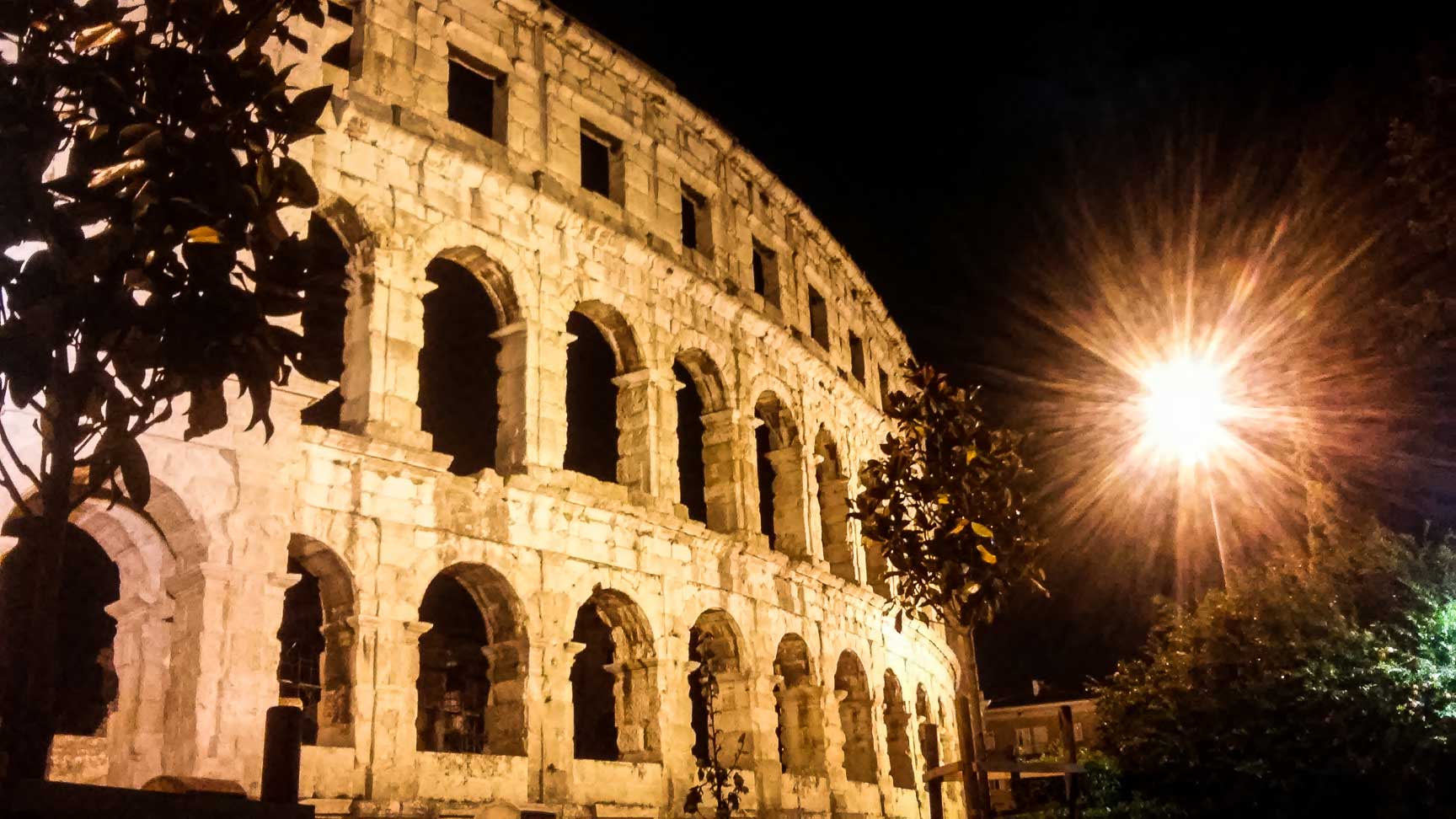
Besides the many beautiful historical buildings Pula has a lot of other things to offer. Istria is one of Croatia's most developed wine-producing regions so don't miss out on tasting one of the many delicious wines at the many charming restaurants or cafés. If you soaked up enough culture and are looking for some relaxing beach time, there are some very nice beaches just a few kilometres out of the city center. The more adventurous travellers can also rent a bike and explore the Kamenjak natural park, located near Premantura (8km out of Pula Center). Check out this site to see possible cycling trails.
If you have some extra days, be sure to also take a boat tour to the Brijuni islands.
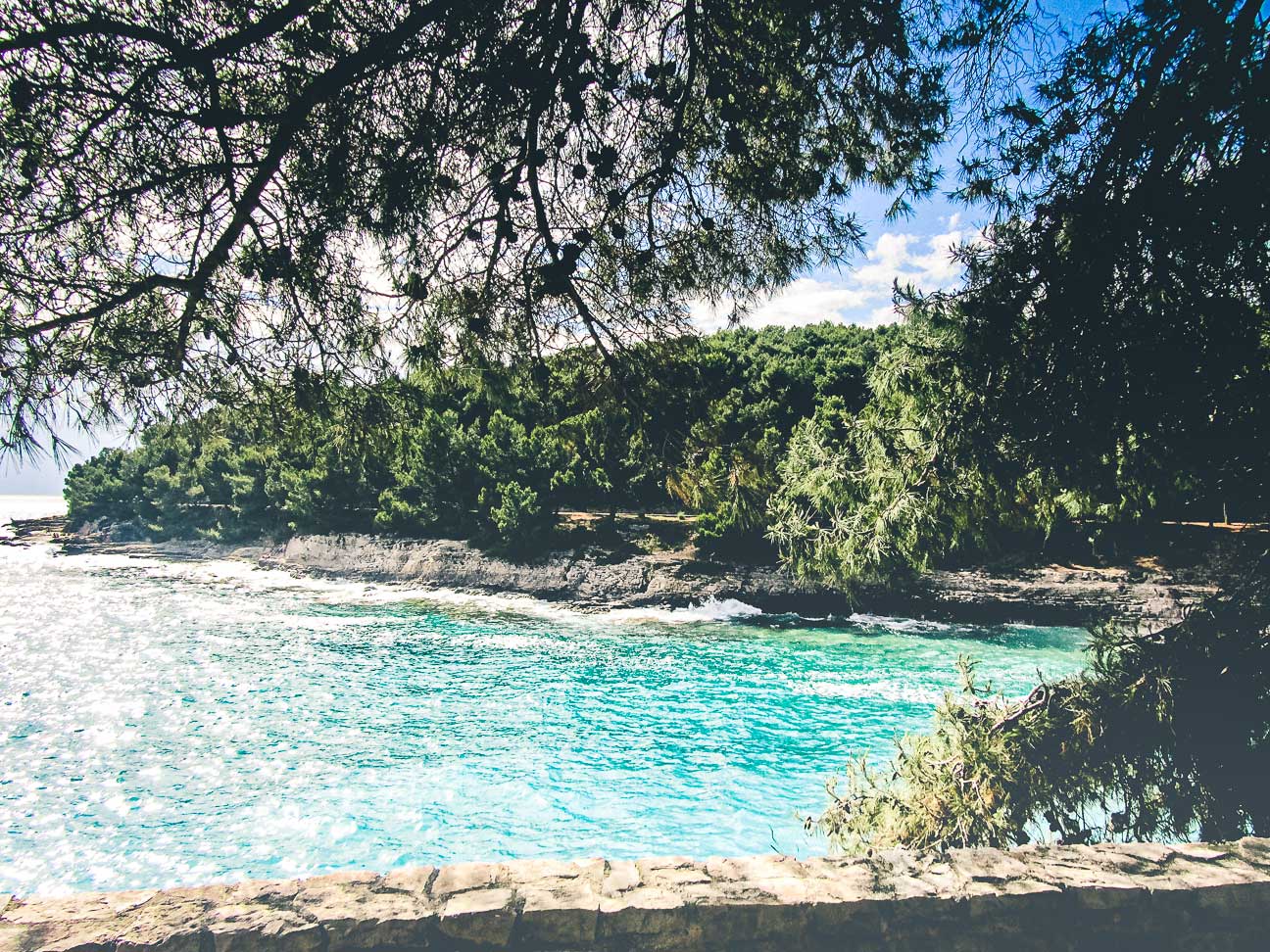
Recommended stay: 1 day (or more if you want to explore some of the region)
Where did I stay: Crazy House Hostel
Getting around: Easy to do on foot / bike
Where did I eat: Bistro Pompej
Getting there from Rijeka: Bus(1h54)
Rijeka
Now we head back to Rijeka where we will start our tour along the Dalmatian Coast. Rijeka is the principal seaport of Croatia and its third-largest city. It is not that very touristy and most people just pass through on their way to the islands or the more popular coast cities but when you have some extra time there are still some nice things to see here.
The main shopping street is called Korzo and is a promenade with shops but mostly little cafés and restaurants where also locals come to meet up, relax or do business. It is always alive with street artists and musicians and home to many festivities such as the Carnival (biggest carnival of Croatia).
One of the buildings that stands out on the Korzo is the City Clock Tower, which was the original gateway into the city in medieval times. When you walk through it you enter the inner city where you'll find some nice historical buildings such as the Church of St Mary of the Assumption, The Old Gateway Roman Arch and The Leaning Tower.
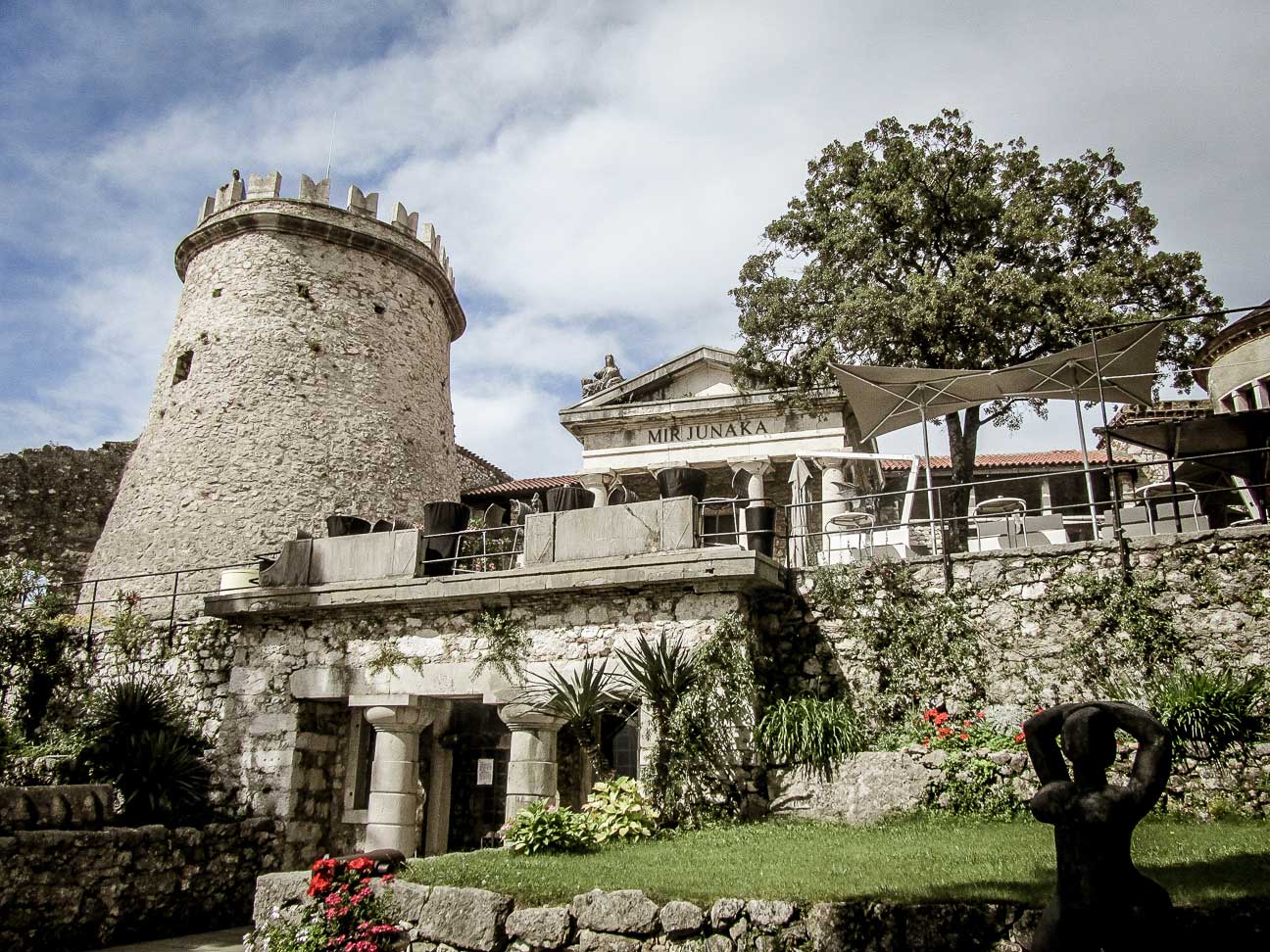
Walk a little further and you'll arrive at Titov Trg (Titov Square) where you can follow the pilgrim's footsteps up the Petar Kružić Stairway. This stairway of approximately 550 steps takes you all the way up the hill to Trsat Castle. This 13th-century fortress can be visited freely and from up there you have a fantastic view over the city, the harbour and Krk Island.
In the evening you can head to the harbour to have a nice long walk on the Molo Longo Pier.
An alternative to staying in the city can be a daytrip to the island of Krk. As it is connected to the mainland with a bridge, it is easy to access by bus. The bus route is operated by Arriva.
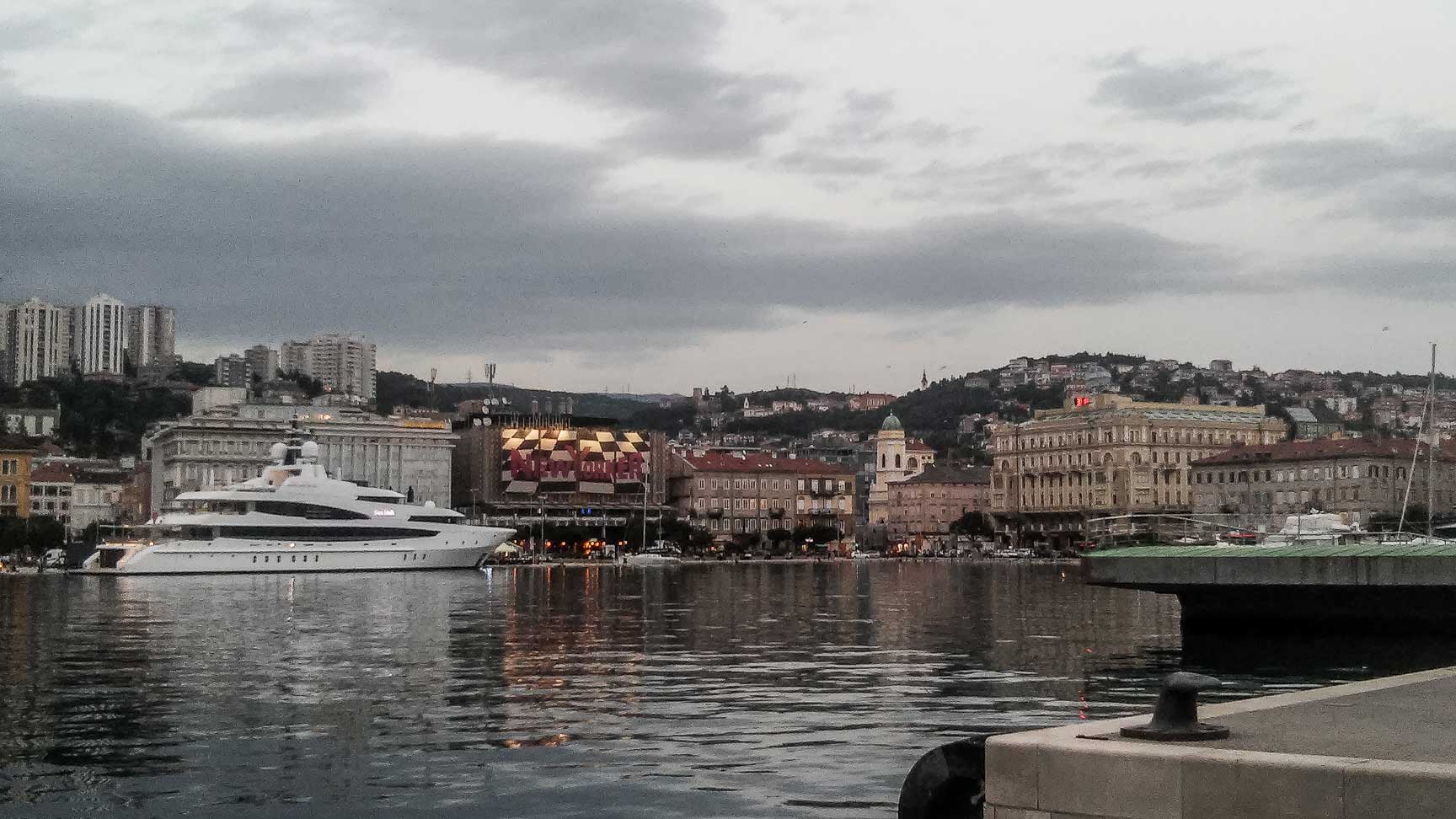
Recommended stay: 1 day
Where did I stay: Hostel 1W
Getting around: Easy to do on foot
Where did I eat: Café bar Verdi
Getting there from Pula: Bus(1h30)
Zadar
Our first coastal city is the lively city of Zadar. You can easily get there by bus and the route is operated all year round by several bus companies. You can plan your travel on the Bus Croatia website or head to the bus station and buy your tickets at the counter. If you have a rental car, you can either take the highway (tolls) or go for a more scenic ride on the coastal road. In high season you can opt for a ferry ride of about 4 hours which is operated 1 time each day.
Zadar's main bus station is located about 20 minutes on foot from the Old Town which is the most interesting area of Zadar. There you can walk around the small charming streets, enjoy a drink on a terrace, find some shade in the Queen Jelena Madijevka Park, take a stroll via the little marina onto the seawall and discover old Roman ruins and Medieval or Baroque churches.

When the sun starts to set head over to the end of the seawall to gaze at the amazing sunset while sitting on the Sea Organ and listen to the natural music composed by the waves circulating beneath it. Afterwards you can admire the power of the sun being converted into a light show at the Sun Salutation. Zadar itself can be visited in 1 day but it is also the ideal transportation hub for several daytrips such as a trip to the Plitvice Lake National Park, the less crowded Krka National park or go island hopping to some of the surrounding islands.
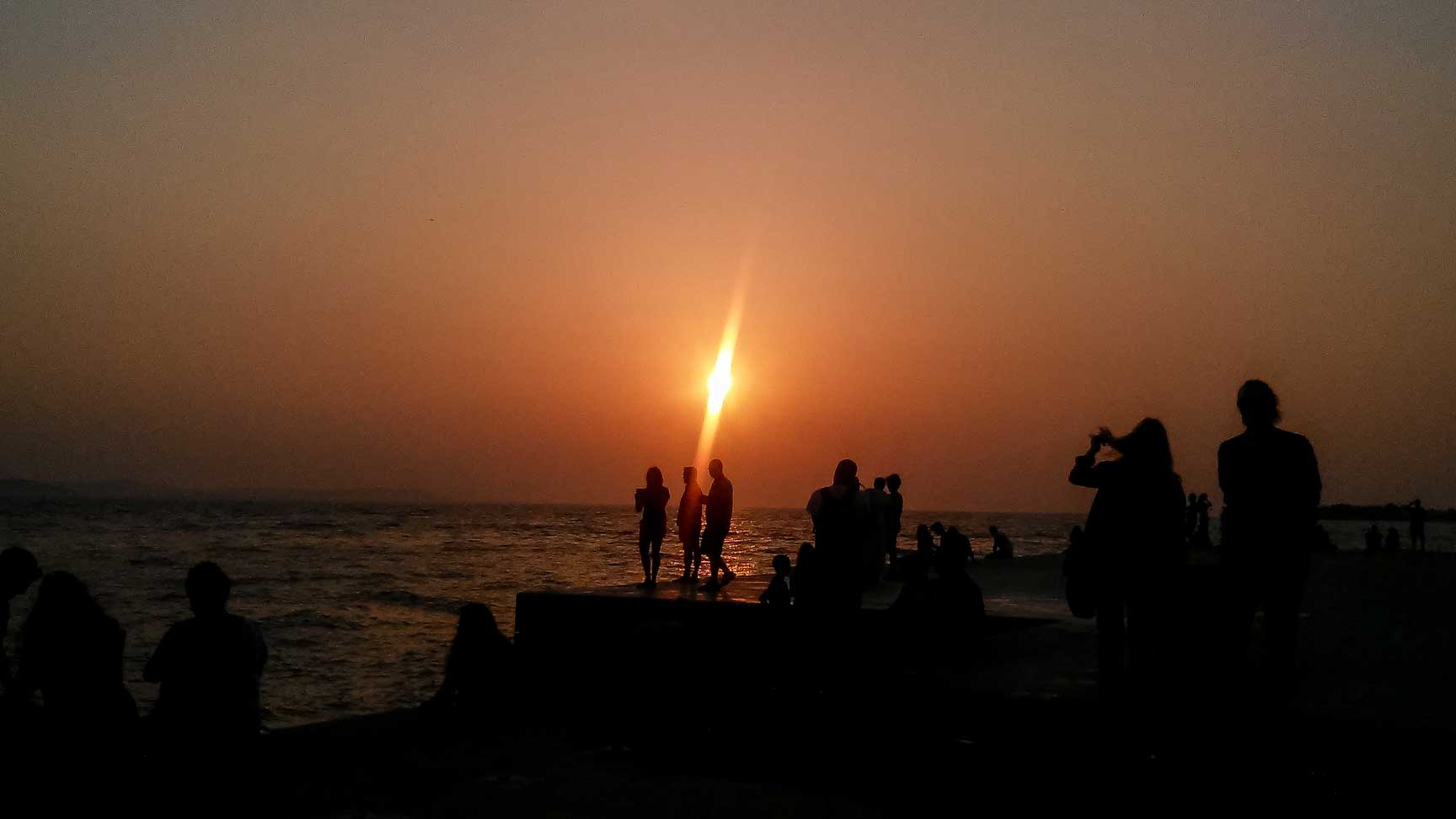
Recommended stay: 1day (to visit Zadar itself), more if you want to do some daytrips
Where did I stay: Sunset Hostel
Getting around: Easy to do on foot or bike
Where did I eat: Hedonist Dining & Hangout
Getting there from Rijeka: Bus (3h35)| Car ((3h15 –4h00)
Plitvice Lakes National Park
As I told already you can easily go on a daytrip to the Plitvice Lakes National Park from Zadar. There are several agencies that offer a (guided tour)day trip but I would recommend to visit the park on your own. That way you can arrive as early as the park opens to beat the crowds and visit the park at your own pace without having to be back at a certain hour to catch your bus back.
You can choose to hire a car or you can opt for a taxi like I did. I had asked my hostel host what the best way was to visit the park as I would stay there for 2 nights and she recommended a taxi company she worked with that picks you up at the hostel, drives you to the entrance of the park and brings you back for only €30. In my case that would be cheaper than hire a car for 2 or 3 days. She contacted the company to ask if it was possible to pick me back up from the park on another day as they normally pick you back up the same day but it was no problem. So make sure to check out what the best option is for you and ask your hostel host for any recommendations.
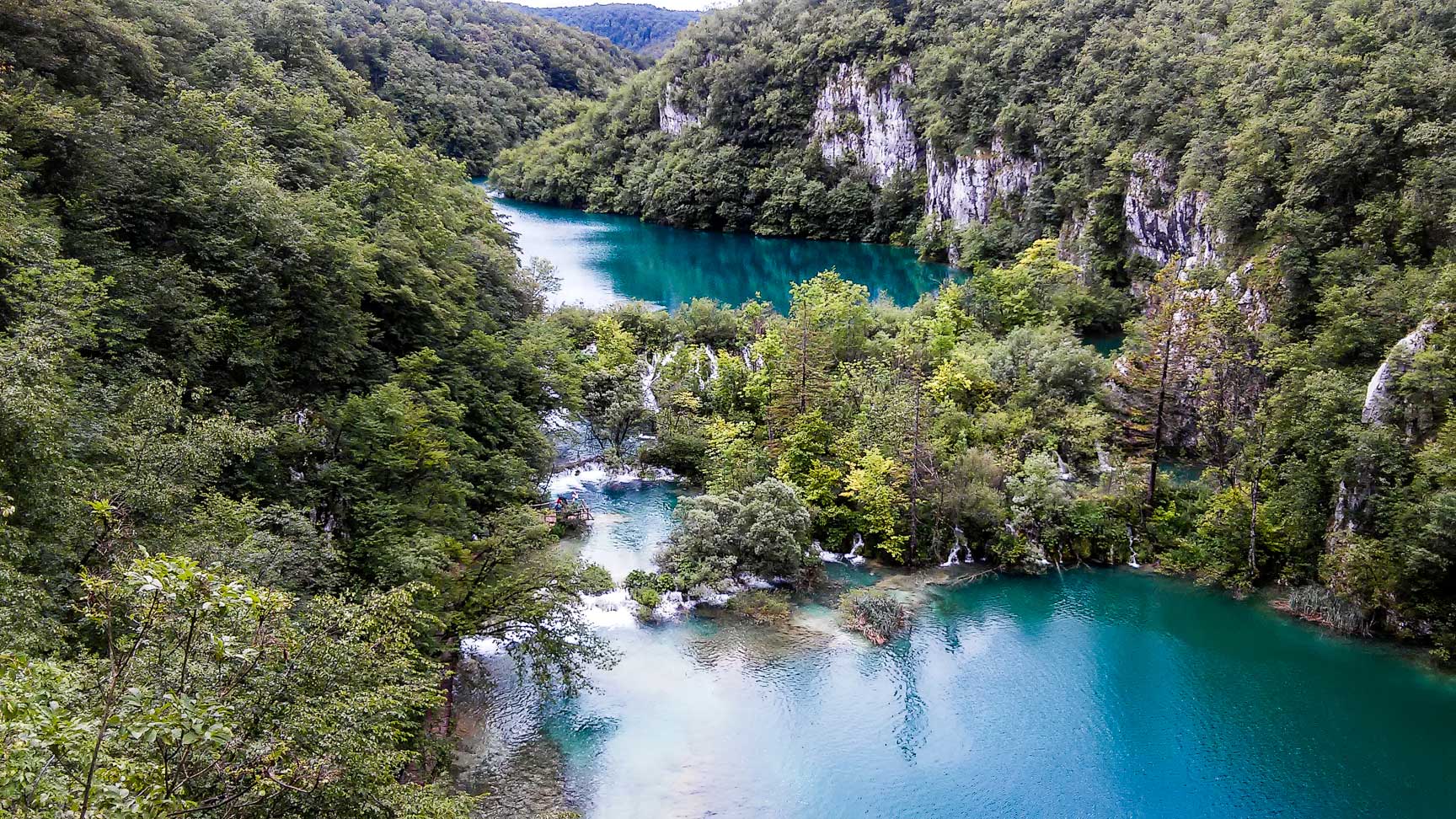
So I booked a taxi via my hostel and they picked me up right in front of my hostel and then we drove to the bus station where I was transferred into a mini bus with some other travellers. After a 1h30 drive we arrived at the entrance of the park. We arrived around 9h30. As it was June and it was a little rainy, the park was not that very crowded but since I visited in 2016 the park has become more and more of a tourist attraction so I strongly recommend to try and start your visit as early as possible or, if you have the time, to go for a 2 day visit and stay overnight in the neighbourhood. That way you can see all the park has to offer in a more relaxed way and start your second day very early. If you only have one day, I'd recommend hiring a car to be able to get there at the opening of the park.
If you want to know how you can prepare the best for your visit to Plitvice National Park you can read this article I recently wrote. Go check it out to get all my insider tips!
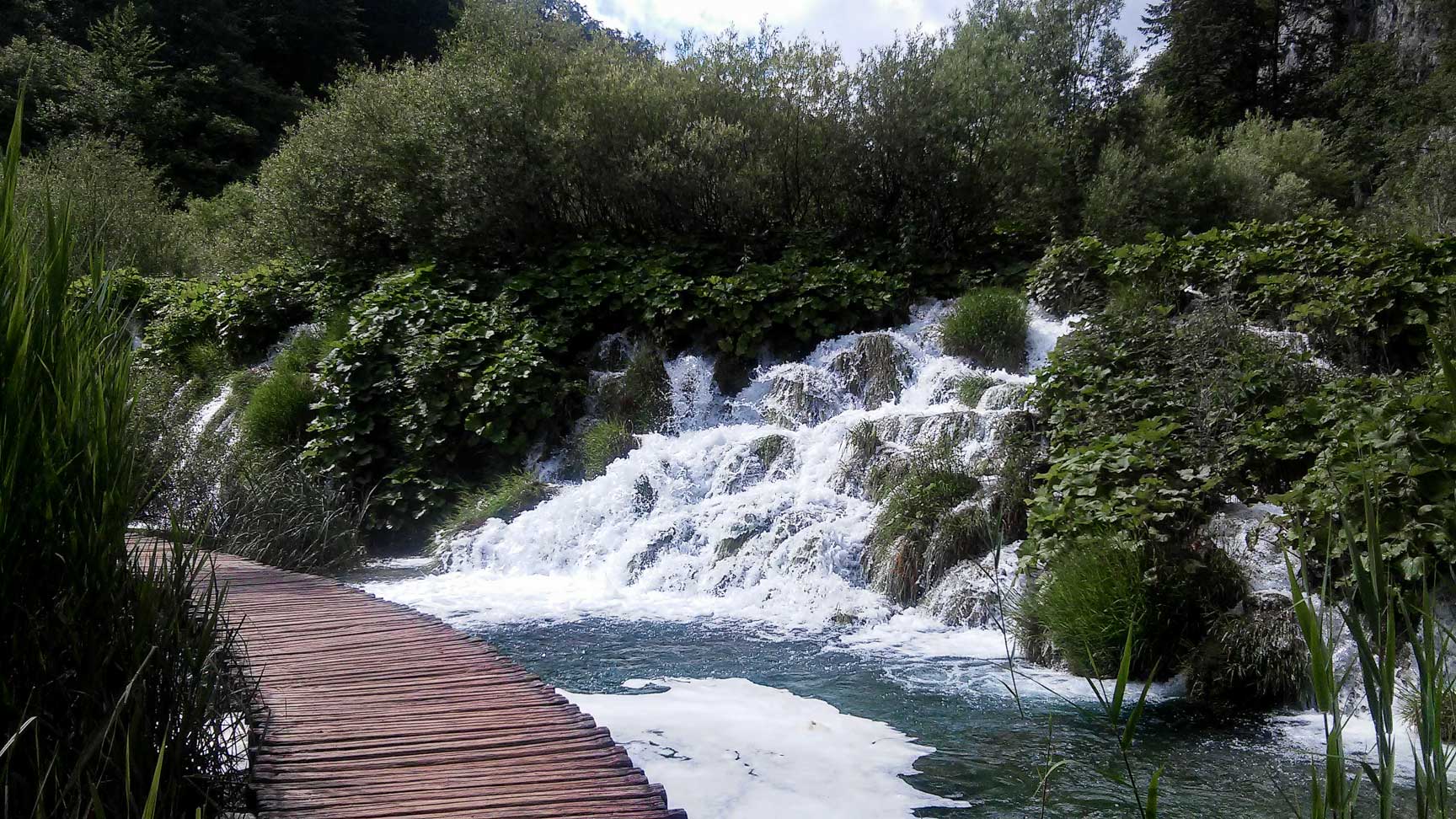
Recommended stay: 2 days (You can buy a 2 day ticket which is way cheaper than 2 separate day tickets)
Where did I stay: Bungalows Korana - Campsite Korana
Getting around: Car or shuttle buses from campsite
Where did I eat: Brought a picnic and cooked my own dinner
Getting there from Zadar: Car/Taxi (1h30) | Bus (1h45)
Split
Our next stop is Split, the second largest city of Croatia which was built around one of the world's most impressive Roman monuments: Diocletian's Palace. There are a few different ways you can travel from Zadar to Split and then I don't only mean the means of transport but also the route.
If you want to get there quickly you can either go by direct bus or rent a car and drive via the A1 freeway. That will take about 1h45 to 2h30 and you have to pay some tolls. But if you have the time or want to save some money you can also opt for the more scenic coastal route via the D8. This will take a little longer but you'll get some beautiful views in return and if you are driving yourself why not make a little stop in one of the many cosy little towns to have lunch? :-). The bus ride will take about 4 hours as they have several stops along the way and you'll get dropped off at the bus station which is located at the port right next to the old town & Diocletian's Palace.
From April 2020 it will also be possible (again) to go from Zadar to Split by ferry. A nice way to discover the Zadar & Split coast from the other side. The ferry ride will take about 3h40 with a stop at Šibenik.

Split is a very lively city where you can wander around the many little alleys in Diocletian's Palace (try not to get lost like I did :p) and enjoy the local vibe. Some of the main attractions are the Peristyle, the central square that is surrounded by fabulous Roman columns where you can enjoy a drink at the stairs, the Vestibul that is often used for musical performances due to its perfect acoustics, the Bell Tower which you can enter and climb up the stairs to have an impressive panoramic view over the city and the mausoleum and St. Domnius Cathedral.
Just outside of the palace, at the Zlatna Vrata (Golden Gate), you'll find a massive statue of Bishop Gregory of Nin. If you touch his (also massive :p) toe luck will be on your side. If you want to relax a bit in the shade you can go to the adjoining Josipa Jurja Strossmayera Park. There's almost always something to do there, from little concerts to food festivals, …
If you want to enjoy the sun and take a plunge you can also do that in Split. Follow the big street along the harbour and you'll arrive at a nice sand beach, Bačvice Beach. Another small beach can be found near the Varos quarter: Ježinac Beach.
In the evening you can enjoy a drink while gazing over the marina at the Riva or Trg Republic (Republic Square) or you can hike up Marjan Hill to admire the view over the city or the amazing sunset.
I stayed in Split for 2 days and also made a daytrip to Krka National Park by bus. Split is also the ideal place to discover some of the islands like Hvar, Brač, Vis and the Blue Cave or even go on a daytrip to Mostar in Bosnia and Herzegovina.

Recommended stay: 1 or 2 days, more if you want to do some daytrips
Where did I stay: Design Hostel 101 Dalmatinac
Getting around: Easy on foot
Where did I eat: Upcafe
Getting there from Zadar: Car (1h45 - 3h) | Bus (1h45 - 4h)
Krka National Park
Krka National Park, the little sibling of Plitvice National Park is also a must if you like beautiful waterfalls and lush green forests. If you’d ask me to choose between Plitvice and Krka I honestly wouldn’t know which one to pick. They are both stunning in their own way but if you don’t have too much time Krka is a good option as you can visit the lower part (Skradinski Buk) in about 2 hours (4 hours if you want to fully enjoy it).
There are several ways to visit the park and if you really want to make the most of it, it actually needs some preparing. If you don’t want to end up like me and have to rush your way through the park make sure to read my Krka National Park Guide!
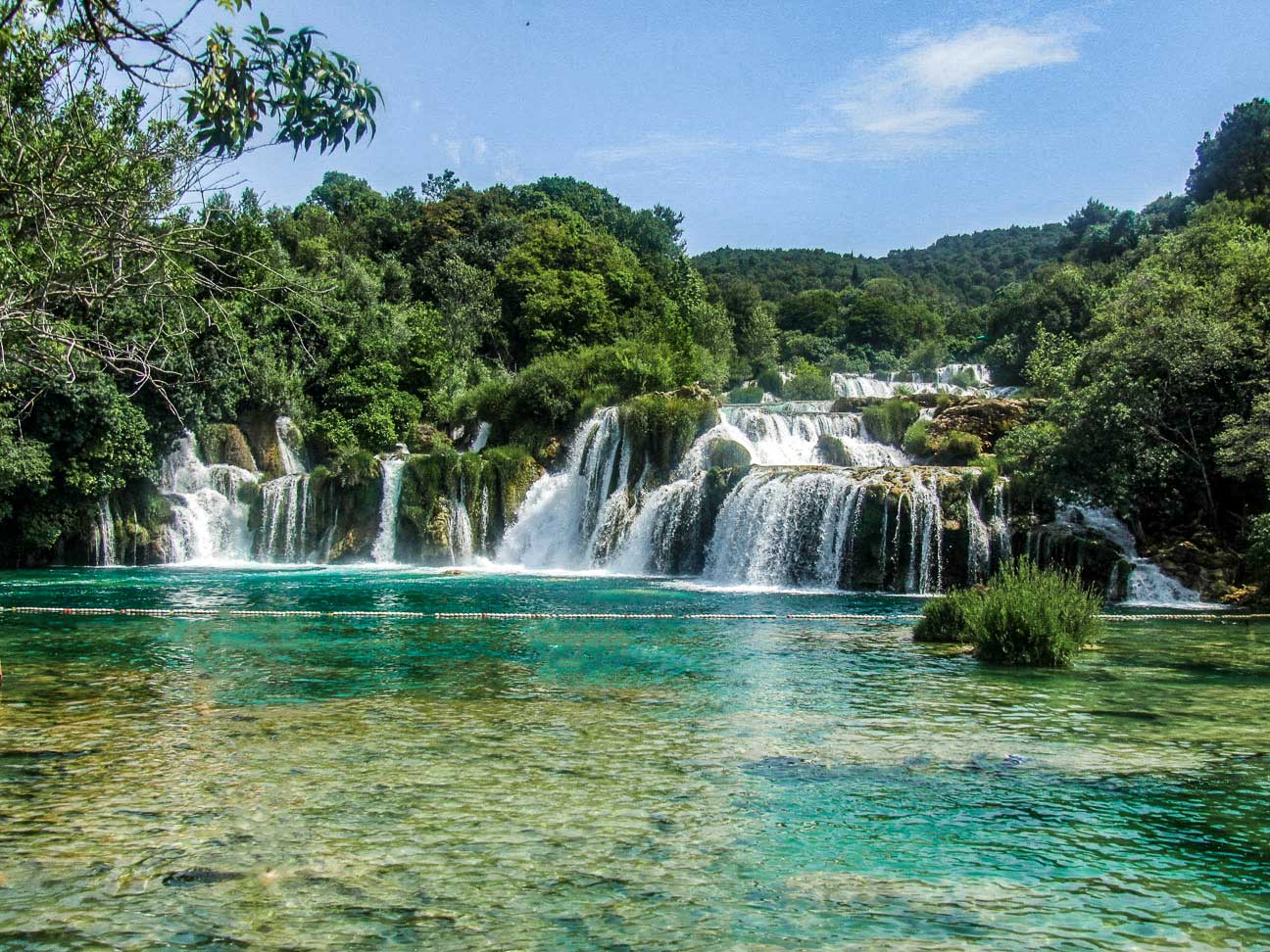
Recommended stay: 1/2 day or 1 day (overnight stay recommended to fully enjoy the park, arrive evening before visit)
Getting around: On foot, by boat, by car (depending on what you visit)
Where did I eat: Brought picnic but there are foodstands at the Skradinski Buk area
Getting there from Split: Car (1h15) | Bus (1h30)
Dubrovnik
After enjoying the natural beauty of the Krka National Park we have come to the last part of our backpacking trip through Croatia, but most definitely not the least! Dubrovnik, the Pearl of the Adriatic.
Again, the city is very easy to access by either car or bus, coming from Split or Zadar, although there is a little 'catch'. Getting to Dubrovnik requires 2 border crossings. One into Bosnia & Herzegovina, which is not part of the EU, and a few kilometres further back into Croatia so expect some delays as the bus will have to stop 2 times and you will get checked. In high season the traffic will also be very dense.
Going from Split to Dubrovnik by bus is a great option as there are connections almost every 30 minutes and it is very cheap. The drive takes about 4h30 but you can expect some extra time in peak season or delays at the Neum border crossing if one of the other passengers has an issue with their papers or so. (Make sure you have your ID or passport with you and not in the checked luggage).
Getting there by rental car is also an option and if time is not of the essence, you even have a way to avoid crossing the border. I am writing a complete guide on how to visit and what to do in Dubrovnik where I reveal the alternative option so be sure to check it out!
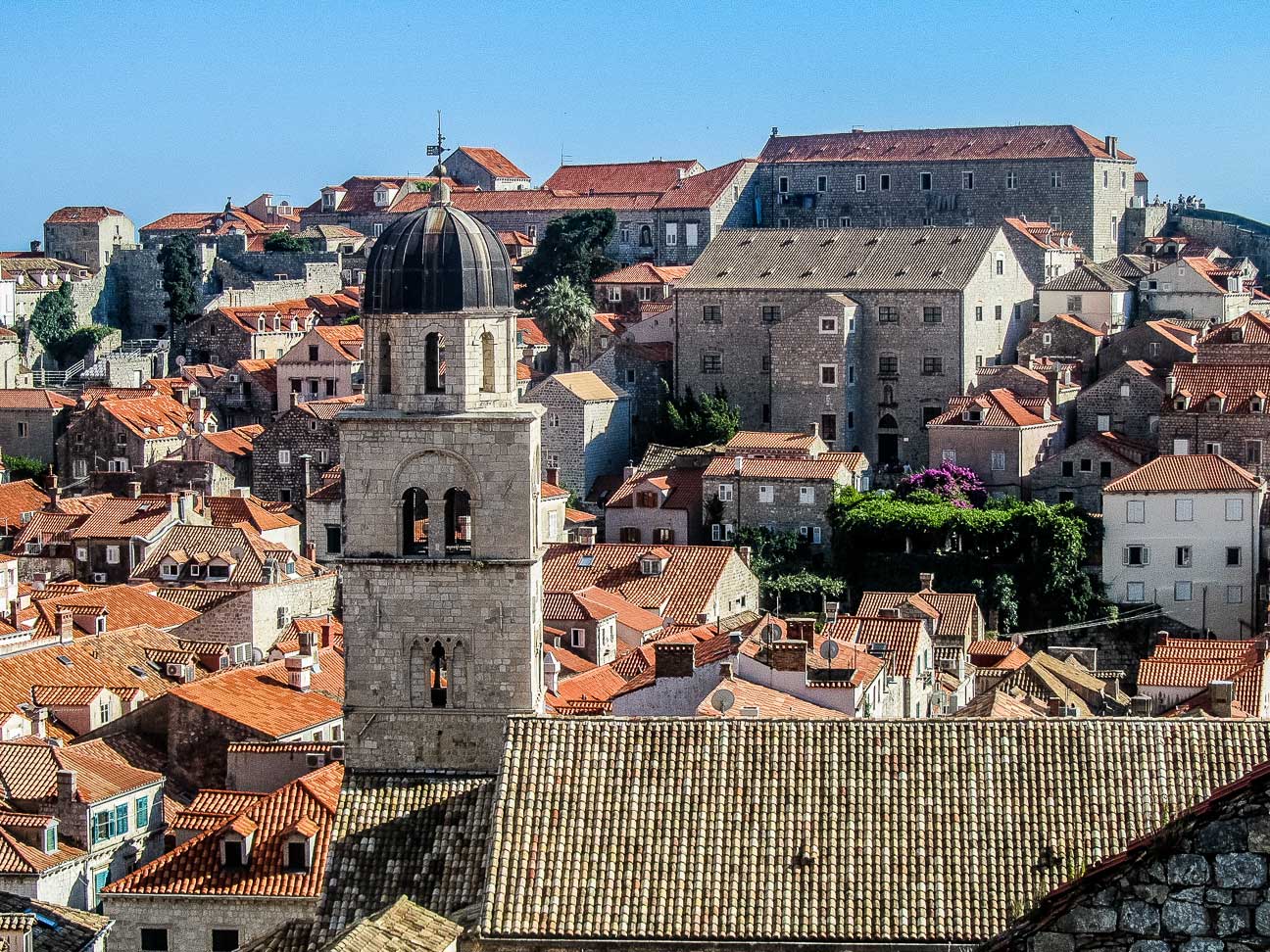
Recommended stay: 2 or 3 days
Where did I stay: MyWay Hostel
Getting around: Easy to do on foot
Where did I eat: Marco Polo, Nishta
Getting there from Split: Car (3h30 - 6h) | Bus (4h30)
Practical Info
 |
 |
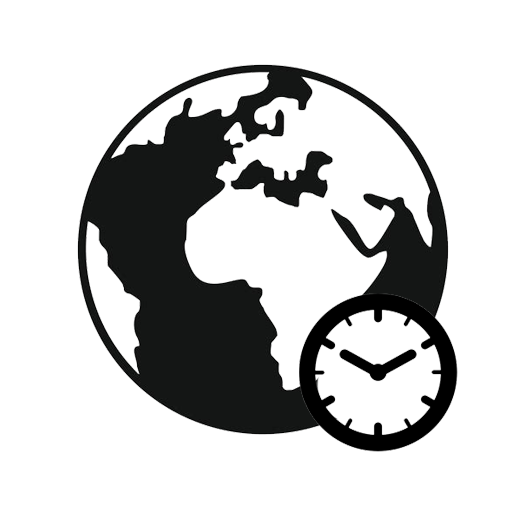 |
 |
| Kuna | 230V, 50Hz AC | UTC+2 |  |
Main airports
Zagreb (ZAG)
Ljubljana (LJU)
Split (SPU)
Dubrovnik (DBV)
Pula (PUY) (seasonal flights)
Zadar (ZAD) (seasonal flights)
Bus | Train | Ferry
Zagreb |
 |
Avenija Marina Držića 4 |  |
Trg kralja Tomislava 12 | ||
Ljubljana |
 |
Trg Osvobodilne Fronte |  |
Trg Osvobodilne Fronte | ||
Rijeka |
 |
Trg Žabica 2 |  |
Krešimirova Ulica |  |
At Molo Longo Pier |
Pula |
 |
Trg I Istarske Brigade 1 | ||||
Zadar |
 |
Ul. kralja Tvrtka |  |
Liburnska obala 4 | ||
Split |
 |
Obala Kneza Domagoja 12 |  |
Obala kneza Domagoja | ||
Dubrovnik |
 |
Obala Ivana Pavla II 44 A |  |
Obala Stjepana Radića 40 |
Necessary documents
Passports
Your passport must be valid for at least another three months after the planned departure from Croatia, as well as issued within the previous 10 years. Citizens of EU countries can enter Croatia with only their ID card.
Visas
Visas are generally not required for stays of up to 90 days within a 180-day period. (This means that leaving the country just to get a stamp and then return isn't a legal option). Some nationalities such as Chinese, Indian, Russian, South African and Turkish do need them. You can check whether you need a visa and download application forms on the website of the Croatian Ministry for Foreign & European Affairs.
When to visit
May – June & September (shoulder season)
If you want to visit Croatia and enjoy the nice weather while not being packed with other tourists, the shoulder season is the best time to visit. Temperatures are very enjoyable and prices are lower. In spring you can already enjoy a swim but the water can still be cold whereas in September the water has warmed up nicely during summer. Spring and early summer are a good time for a sailing trip.
July & August (peak season)
The summer months of July and August are the busiest and get quite hot. Expect very crowded beaches and cities. If you don’t mind the crowds it’s a good time to experience Croatia at is most vibrant as there are a lot of activities and different kind of festivals. As it is peak season, prices are also at their peak.
October to April (low season)
October is a great month to visit Plitvice National Park as you can admire the changing colour palette, from vibrant orange to shades of deep rusty red providing a stunning contrast with the emerald lakes. Or if you don’t mind hiking in cold temperatures you can come in the winter months and see the park covered in a white coat making you feel like you're in a winter wonderland. In winter it can get very cold, mainly in the continental part whereas the coastal area is more pleasant. Prices are very low but a lot of places are also closed and public transportation has reduced schedules. For an amazing Christmas vibe visit Zagreb or Dubrovnik during the Holiday Season.
Useful planning resources
- Accomodations: Booking.com
- Car Rental Services: Rentalcars
- Finding & comparing flights: Momondo
- Route Planning: Rome2Rio
- Find bus rides: Buscroatia
- Find bus rides: Arriva
- Ferry company: Jadrolinija
Some Croatian words that can come in handy
In most of the shops, restaurants and ho(s)tels people know to speak English but it's always nice to be able to greet people in the local language. They will be more approachable if they notice you are doing some effort :-). Therefore I summed up some Croatian words/phrases that might come in handy.
Basic greetings
- Good morning | Dobro jutro!
- Good day | Dobar dan!
- Good evening | Dobra večer!
- Goodbye | Doviđenja!
Basic phrases
- Yes | Da
- No | Ne
- Excuse me | Oprosti
- Please | Molim
- Thank you | Hvala!
- You're welcome | Izvoli!
- Do you speak English | Govorite li engleski?
At the restaurant
- Restaurant | Restoran
- Menu | Jelovnik
- Water | Voda
- Wine | Vino
- Beer | Pivo
- Cheers | Živjeli!
- Bread | Kruh
- Cheese | Sir
- Ice cream | Sladoled
- I'm a vegetarian | Ja sam vegetarijanac
- I'm a vegan | Ja sam vegan
- It was great | Sve je bilo odlično!
- Can I get the bill/cheque please? | Mogu li dobiti račun?
Directions
- Entrance | Ulaz
- Exit | Izlaz
- Cash register / ticket desk | Blagajna
- Toilet | Toalet
- Train station | Żeljeznička stanica / Kolodvor
- Bus station | Autobusna stanica
- Airport | Aerodrom
- Supermarket | Supermarket
- Bakery | Pekara / Pekarnica
- Pharmacy | Ljekarna / Apoteka
- Bank | Banka
- Museum | Musej
- Post office | Pošta
- Police station | Policijska postaja
- Gas station | Benzinska postaja
*There may be some affiliate links on this page, which means when you click them I get a small percentage of the purchase at no extra cost to you. This allows me to keep sharing great travel tips, so feel free to click away!*





